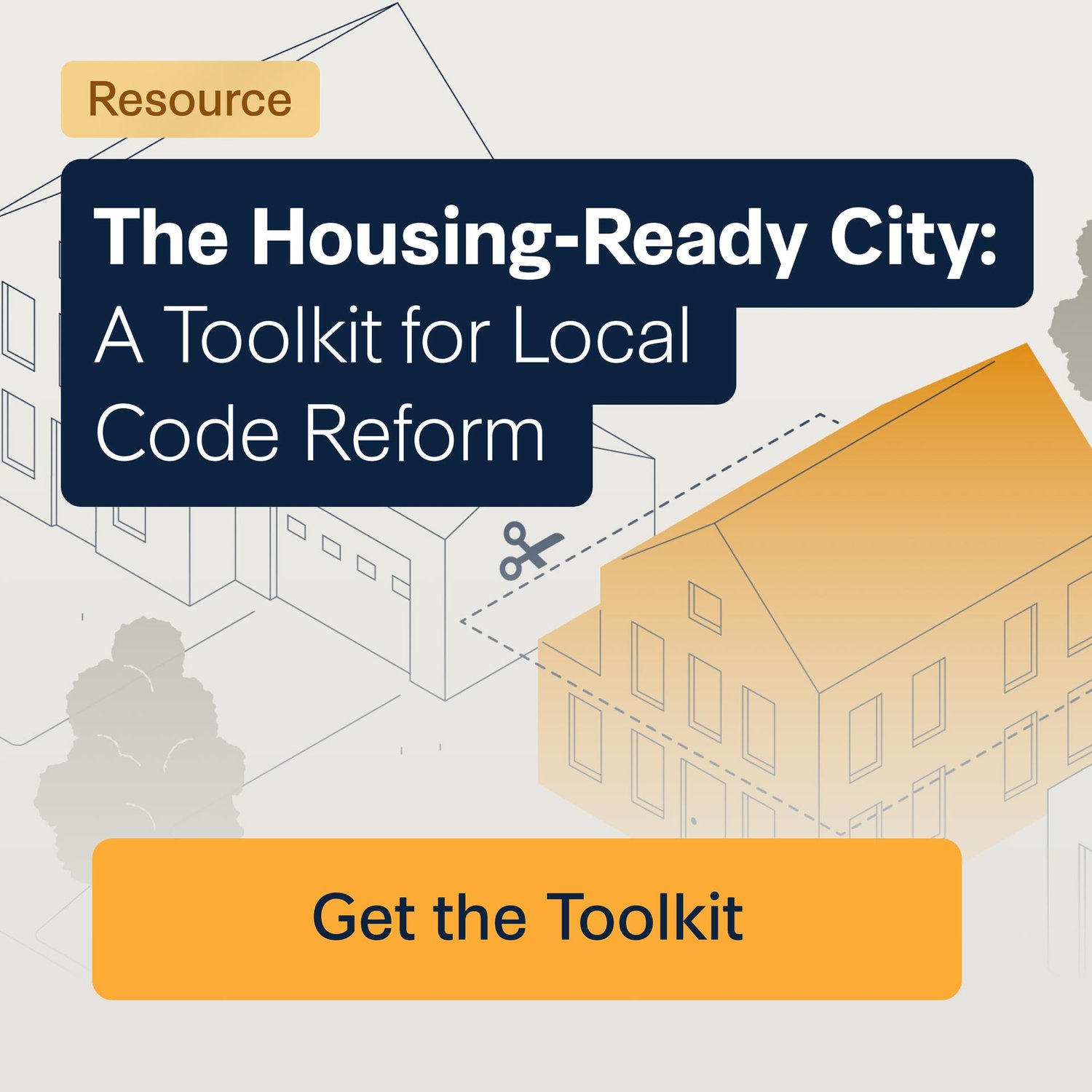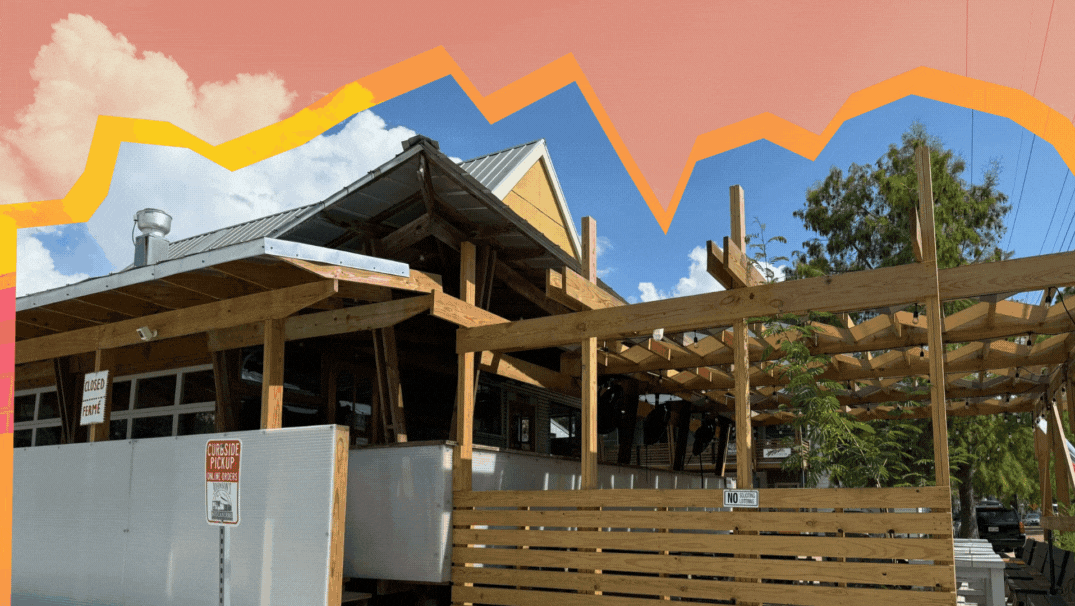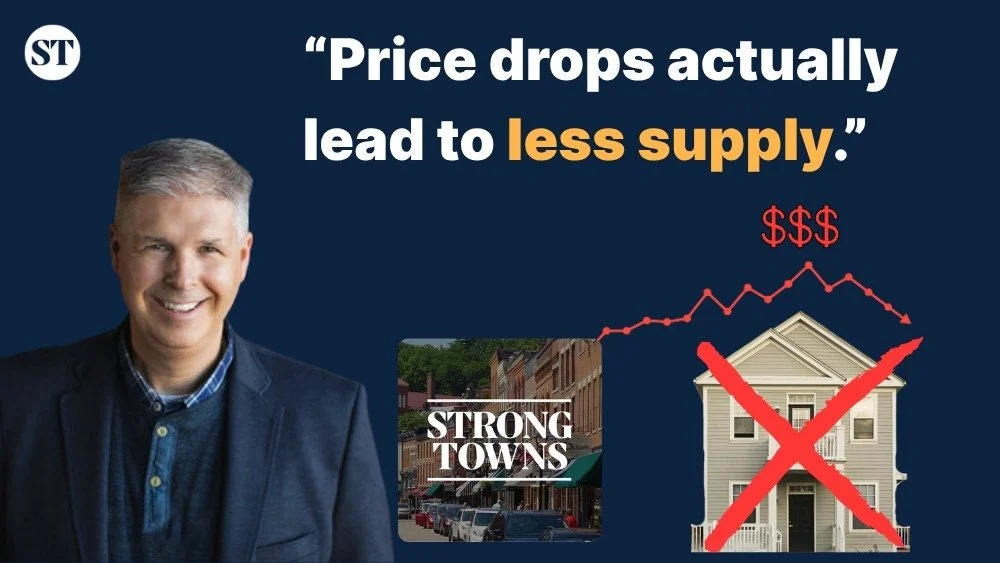Don’t Look Now, But Montana Is Leading on Housing Policy
The Hotel Baxter in Bozeman, Montana. Photo by Charles Moll.
Montana, known for its expansive landscapes and rugged individualism, has emerged as an unexpected leader in housing reform. While many states grapple with housing shortages and affordability issues, Montana is proactively implementing policies to address these challenges head-on.
The COVID-19 pandemic significantly intensified Montana's housing challenges. The rise of remote work attracted many from high-cost urban areas to Montana's scenic locales, leading to a surge in housing demand. According to the Bipartisan Policy Center, Montana's population grew by approximately 4.5%, or about 50,000 people between 2020 and 2023, while only 19,000 new homes were built during that same period. This influx, combined with limited housing supply, caused home prices to soar.
Bozeman, in particular, experienced a dramatic increase in housing costs. As of April 2025, the median sold price for homes in Bozeman reached $711,000, with single-family homes averaging $932,000.
In response to these challenges, Montana's legislature enacted Senate Bill 323 in May 2023. This law mandates that cities with populations of at least 5,000 residents permit duplex housing on lots zoned for single-family residences. Furthermore, cities with populations of 50,000 or more are required to allow triplex and fourplex housing under the same conditions. The law aims to increase housing density and affordability without compromising the state's character.
Building on its zoning reforms, Montana is now addressing another barrier to housing development: mandatory parking requirements. House Bill 492, recently passed by the state legislature, limits city zoning requirements to one parking space per dwelling unit for new construction. It goes further by eliminating parking mandates entirely for existing buildings undergoing renovations, licensed child care facilities, and housing units under 1,200 square feet.
The goal is to cut down on the high costs and space inefficiencies tied to outdated parking formulas. “We have been overestimating how much parking we need for decades,” said Laura Collins of the Montana Environmental Information Center. “All that wasted space presents wasted value per acre.”
Gov. Gianforte (middle) speaking during a press conference in Butte with Dan Villa of the Montana Boad of investments (left) and Barbara Miller of Habitat for Humanity of Southwest Montana (right). Photo courtesy of Montana.gov.
Governor Greg Gianforte’s own housing task force flagged parking reform as a key affordability strategy last year, pointing out that surface parking stalls alone can add $5,000 apiece to development costs. In many urban markets across the country, the cost of required off-street parking can climb as high as $50,000 per space—and that’s before accounting for the long-term economic opportunity lost when land is locked into single-use vehicle storage.
By loosening these requirements, Montana aims to lower construction costs and remove a key barrier to building more—and more affordable—homes.
Rethinking Growth from the Ground Up
Montana’s approach to housing reform isn’t limited to what happens at the Capitol. In cities like Bozeman, neighborhood groups and civic leaders have started asking a deeper set of questions: What kinds of development actually serve long-term financial stability? How do we expand housing options without relying on major subsidies or speculative market swings?
Earlier this year, Bozeman city commissioners and local advocates co-hosted a virtual event with Strong Towns to explore exactly that—how Bozeman can shape its growth with intention, rather than defaulting to patterns that no longer serve it. These conversations have sparked a renewed focus on code reform: streamlining approvals for modest infill projects, rolling back outdated parking mandates, and legalizing small-scale housing types like backyard cottages. It’s the kind of practical, incremental shift that makes space for more attainable homes while preserving the core character of a place.
Your city can do this too.
Across the country, Strong Towns members have used this free resource to spark productive conversations with local officials, planners, and neighbors—and in Montana, it's already helped move the needle. The Housing Ready City Toolkit lays out six practical, no-nonsense policy changes that can help your community legalize modest housing, rethink outdated codes, and reduce barriers to affordability.
If you’re serious about building a stronger housing future, this is where to begin.







